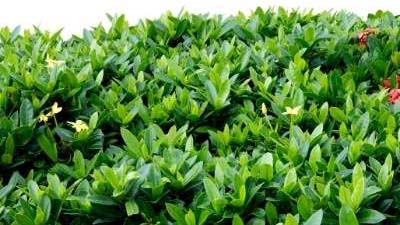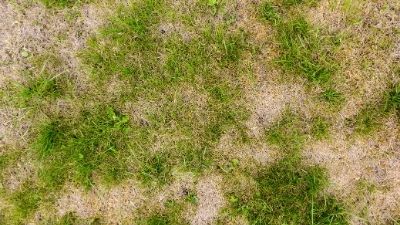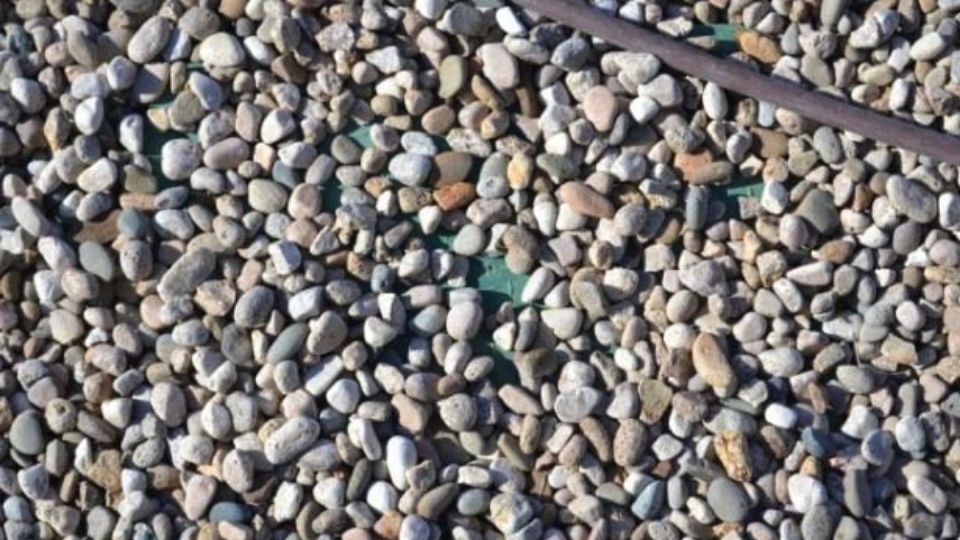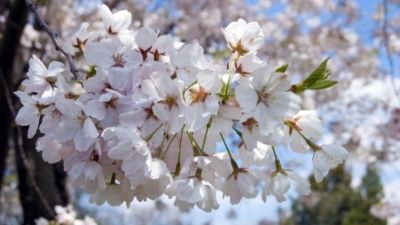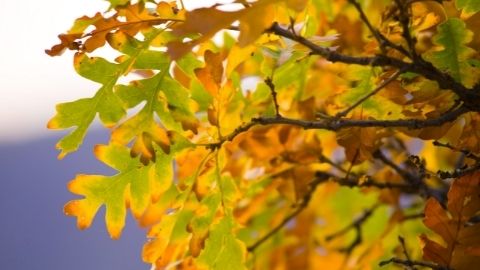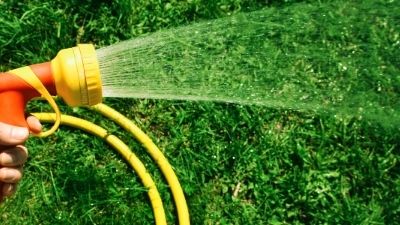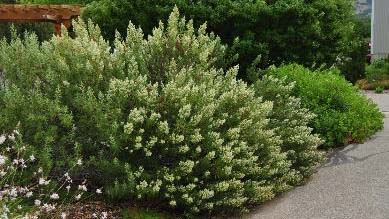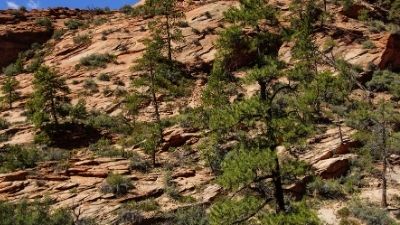How Much Water Do Landscape Trees Require in Utah?
An Irrigation Calculator
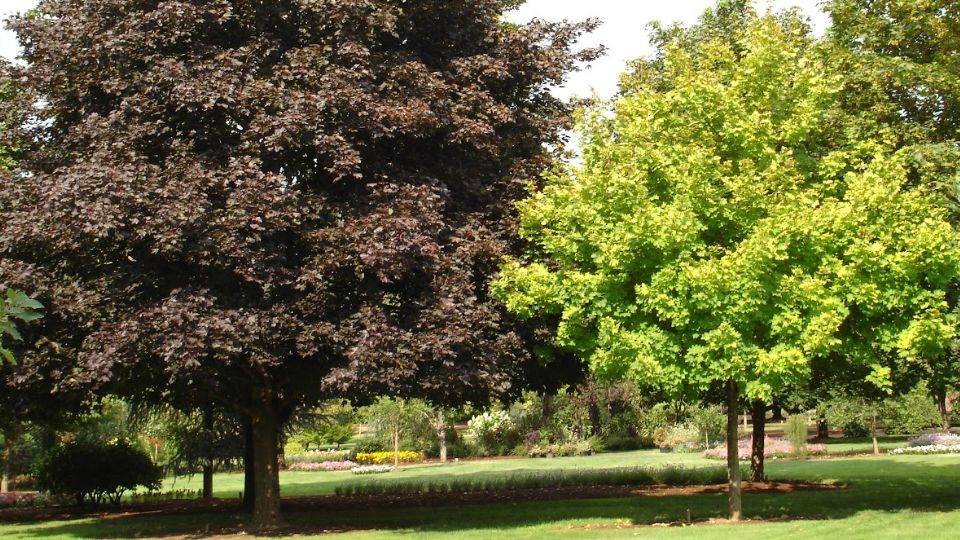
Trees, undoubtedly, are the most valuable plant in a landscape and must be prioritized for irrigation in drought conditions. Grass easily recovers from a period of long drought; hence, it must be placed last on the priority list for irrigation. Many resources are available online that explain ways to irrigate landscape trees. However, growers and homeowners in Utah are still confused about quantifying and applying the appropriate amount of water a landscape tree needs. This fact sheet includes a simple calculator designed to determine the amount of water a landscape tree needs in Utah’s hot and dry summer months.
Tree roots grow deeper into the soil than those of smaller plants. Therefore, applying slow and deep irrigation that can reach at least 10 to 20 inches of soil is crucial when irrigating trees. Unfortunately, short and frequent irrigation usually wets only the top few inches of the soil surface, which promotes shallow root growth, resulting in poor tree stand and anchorage and trees vulnerable to winds, drought, and other conditions.
Overhead or sprinkler irrigation is ideal for smaller plants and shrubs but not for trees as overhead irrigation has a higher water output rate than soil infiltration rate, generating excessive runoff before wetting deep soil layers. Therefore, point irrigation with a slow-running shower hose or drip irrigation with emitters is recommended. Emitters with a flow rate of 1 to 8 gallons per hour can be used to irrigate trees. In the dry summer months, it is essential to irrigate the trees at least once a week.
Clay soil has a slower infiltration rate and higher water-holding potential compared to sandy or sandy loam soil; therefore, trees growing in clay soil can stand a more extended period of drought, but trees growing in sandy and sandy loam soils will need frequent irrigations.
We developed a simple Excel spreadsheet irrigation calculator that can determine the quantity and duration of irrigation for trees. Access the calculator at doi.org. Determine calculator inputs using the following instructions.
How To Use the Irrigation Calculator and Determine Calculator Inputs
To determine irrigation requirements for a tree, the calculator will need the following information as input:
Tree Canopy Tree Information
The tree canopy is the surface area under the tree shaded by its leaves. The diameter of the tree canopy is measured as the average plant canopy width in two perpendicular dimensions (Figure 1). Use the following calculation to determine the tree canopy:
Tree canopy diameter = (diameter 1 + diameter perpendicular to diameter 1)/2
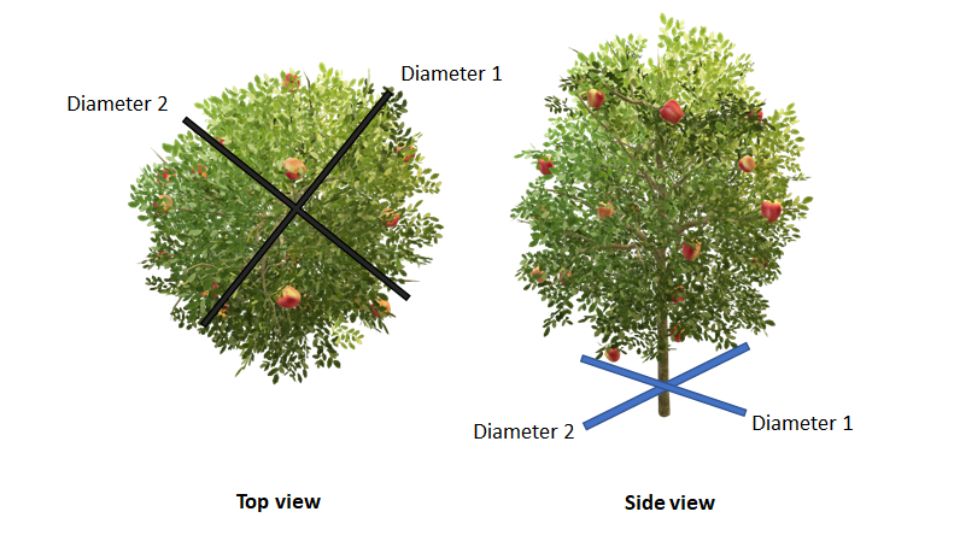
Evapotranspiration Data
Evapotranspiration is the amount of water lost from the soil via evaporation and transpiration. You can easily pull up this data for your location from the Utah Climate Center. Select your closest weather station from the map, and click “Quickview Data.” It will pull up a sheet with daily evapotranspiration (ETo) and precipitation (P) data for the last seven days (Figure 2). Add seven days of ETo data (using your phone or Google calculator) and use the value in the irrigation calculator. Also, add seven days of precipitation data and use the value in the irrigation calculator (Figure 3).


Soil Type Information
Select the soil type closely matching your soil from the drop-down list. If you do not know your soil type, wet the soil in your garden and pick the soil between your finger: If it is sticky with no or minimum grit, choose clay; if it is very gritty, choose coarse sand; if it is somewhere between gritty and sticky, choose sandy loam (see the following table summary).
| If the texture is | The soil type is |
|---|---|
| Sticky with no grit or medium grit | Clay |
| Very gritty | Coarse sand |
| Somewhere between gritty and sticky | Sandy loam |
Tree Selection
Select the type of tree that you want to irrigate. If you do not know your tree type, choose “other” or contact me, Shital Poudyal, at shital.poudyal@usu.edu.
After you populate those values in the irrigation calculator, it will automatically generate the amount of water you need to apply to your tree.
How Long To Irrigate
For a New Irrigation Setup
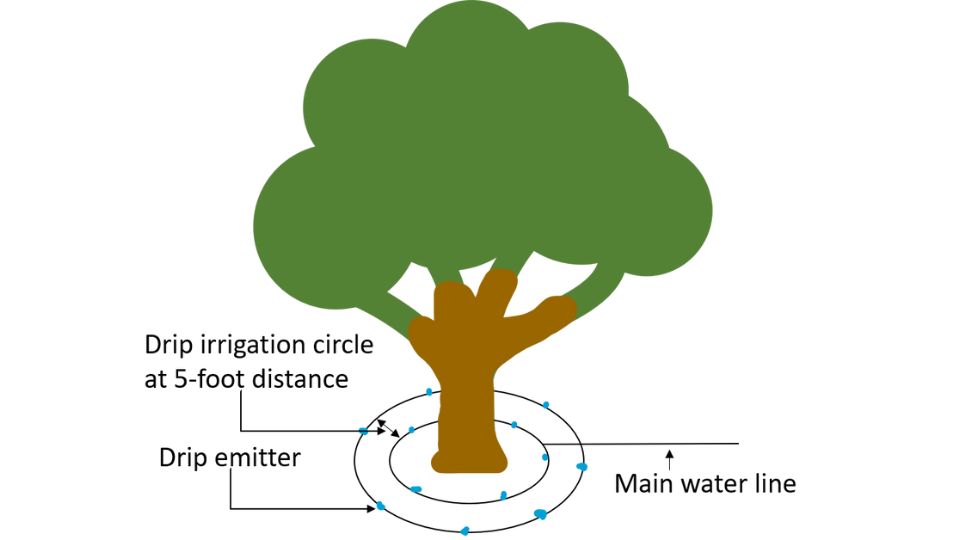
The calculator automatically determines how many drip irrigation circles (loop) you need to install for each tree and what the length (circumference) should it be, depending on the tree canopy size (Figure 4). It will also recommend the number of emitters that should be placed/installed in each circle (loop). After you enter the flow rate of each emitter in gallons per hour, the irrigation calculator will tell you how long to irrigate.
For trees, I usually recommend emitter heads with 2 to 3 gallons per hour for clay soil, 5 to 8 gallons per hour for sandy soil, and somewhere in between for sandy loam soil. Place these emitters 5 feet apart. Each loop will also need to be placed at a 5- foot distance from the adjacent loop. However, if you plan the loop following the recommendations provided by the irrigation calculator, each loop will automatically be 5 feet apart.
To calculate the run times for each irrigation event, enter your emitter's flow rate in the calculator.
For an Existing Irrigation System
Alternately, if you have an existing irrigation system (either drip, hose, or soaker), insert the number of emitters and then the flow rate of each emitter to determine irrigation run time for each irrigation event. However, please note that the hose with a high flow rate may generate runoff; hence, the calculation will not be accurate.
Points To Consider
- To prevent disease, do not place your drip circle (loop) very close to the trunk.
- This watering schedule is for the hot summer months. During winter, evapotranspiration is very low, and precipitation is frequent; therefore, established trees might not need irrigation. However, in rare cases, if irrigation is needed, schedule it monthly.
- Plant factors used for this irrigation calculator are based partly on these previously published fact sheets: “Estimating Tree Water Requirements” by the University of California Center for Landscape and Urban Horticulture and “Drip Irrigation for Trees” by Mike Kuhns, Utah State University Extension forestry specialist.
- If your tree is heavily pruned to an unusual shape or has excessive horizontal growth, the calculator may recommend incorrect irrigation.
- This calculator is only valid for already-established trees with trunk sizes more than 4 inches.
References
- Center for Landscape & Urban Horticulture. (n.d.). Estimating tree water requirements [Fact sheet]. University of California, Division of Agriculture and Natural Resources. https://ucanr.edu/sites/UrbanHort/Water_Use_of_Turfgrass_and_Landscape_Plant_Materials/Estimating_Water_Requirements_of_Landscape_Trees/
- Cerny, T. A., Kuhns, M., Kopp, K., & Johnson, M. (2002, June). Efficient irrigation of trees and shrubs [Fact sheet]. Utah State University Extension. http://region8water.colostate.edu/PDFs/hg523.pdf
- Kuhns, M. (n.d.) Drip irrigation for trees. Utah State University Forestry Extension. https://forestry.usu.edu/trees-cities-towns/treecare/drip-irrigation
- Utah Climate Center. (n.d.). Utah State University. https://climate.usu.edu/
Published July 2022
Utah State University Extension
Peer-reviewed fact sheet
Author
Shital Poudyal
Related Research






